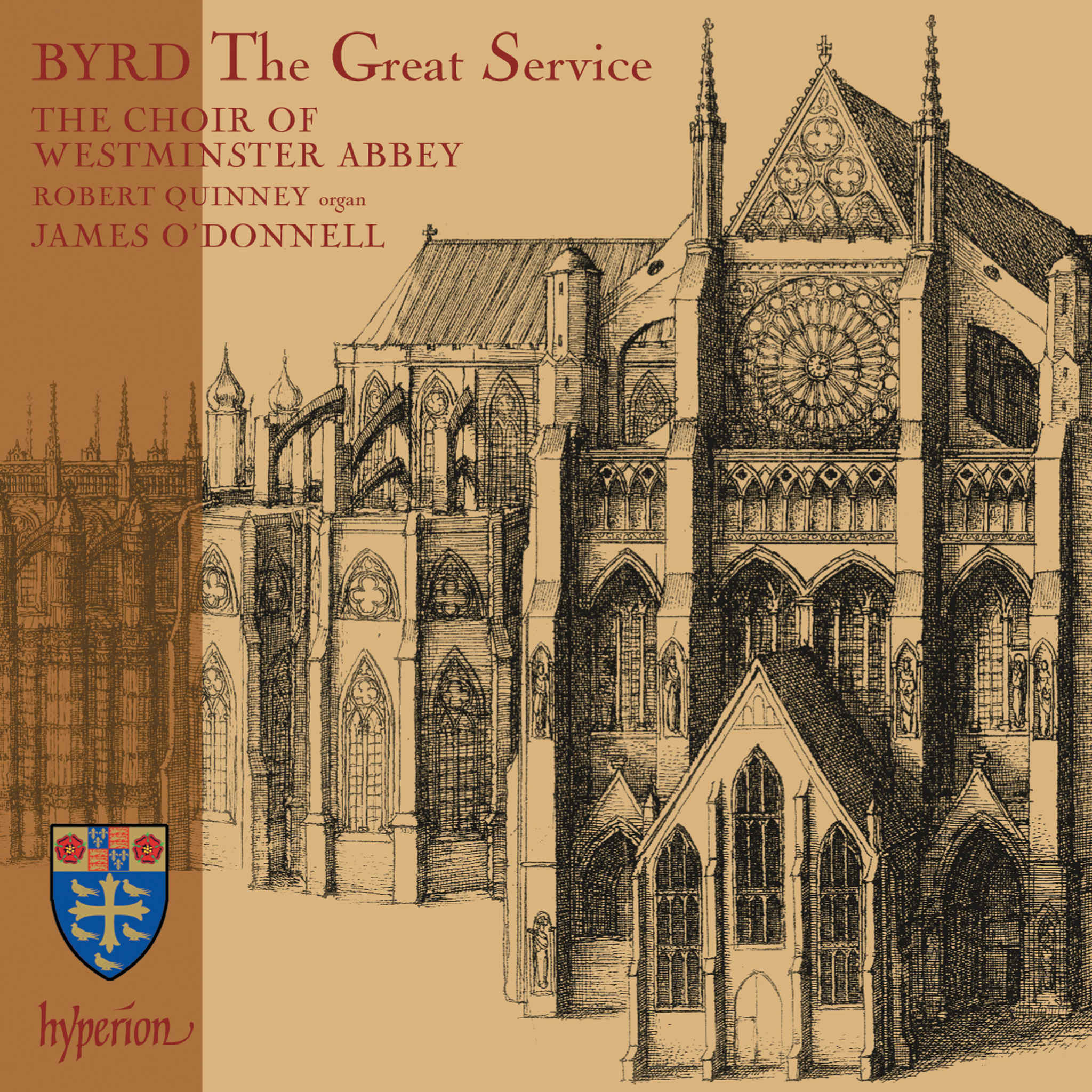Album insights
Domenico Scarlatti's keyboard sonatas are a unique phenomenon in music history with a staggering total of 555 compositions. It would take about 34 hours to play them all (only about half the time needed for all of Beethoven's piano works). Most are structured in two parts, likely intended for Scarlatti's prodigious student and patron, Princess Maria Barbara of Portugal. None of the sonatas exist in Scarlatti's handwriting today; they were preserved through copies made by others, thanks to the famous castrato Farinelli who brought them back to Italy. Remarkably, the majority were created after Scarlatti turned 50.
Born in 1685 in Naples, Domenico Scarlatti grew up in a family of musicians, overshadowed by his famous father Alessandro Scarlatti. After working in various Italian cities, João V of Portugal appointed him as Kapellmeister in 1719. Scarlatti's life blossomed after his father's death in 1725, with his first marriage and his close relationship with Princess Maria Barbara. Only the first thirty sonatas were published in his lifetime, thanks to the efforts of composer Thomas Roseingrave. The rest were published posthumously, with Brahms owning copies of seven volumes.
For upcoming Scarlatti recordings, a selection process was adopted considering the sonatas' grouping similarities. The album opens with Sonata in D minor, Kk9, renowned as the "Pastorale." Each piece was tailored into curated sets for a coherent musical experience, focusing on the nuances of Scarlatti's compositions and life. The tempos of the sonatas, often misunderstood, must convey a rhythmic character rather than speed.
In this manner, the album features a meticulously curated selection, including Sonata in C major, Kk159, evoking the Tarantella and hunting themes. Scarlatti's intricate counterpoint and use of pauses create a distinctive musical tapestry. Diving into the sonatas with historical insights, pieces like Sonata in B minor, Kk87, and Sonata in D major, Kk29, offer a blend of virtuosity and flamenco influences. Each sonata explores a range of emotions and technical challenges while maintaining Scarlatti's distinct style.
As the compositions progress, the sonatas weave a rich tapestry of musical influences, from traditional Tarantellas to courtly elegance. Sonata in G major, Kk13, exudes Flamenco passion, while Sonata in A minor, Kk109, channels a haunting melodic quality. These selections demonstrate Scarlatti's versatility, from spirited Prestos to melancholic Adagios, showcasing his mastery across diverse musical forms.
Concluding the album with Sonata in E major, Kk380, adds a touch of regal elegance and emotional depth. With elements of courtly grace, the sonata embodies a profound musical narrative, evoking a sense of majesty and hidden emotions. Through the selected sonatas, Scarlatti's genius shines, offering a glimpse into the intricate world of Baroque keyboard music.













